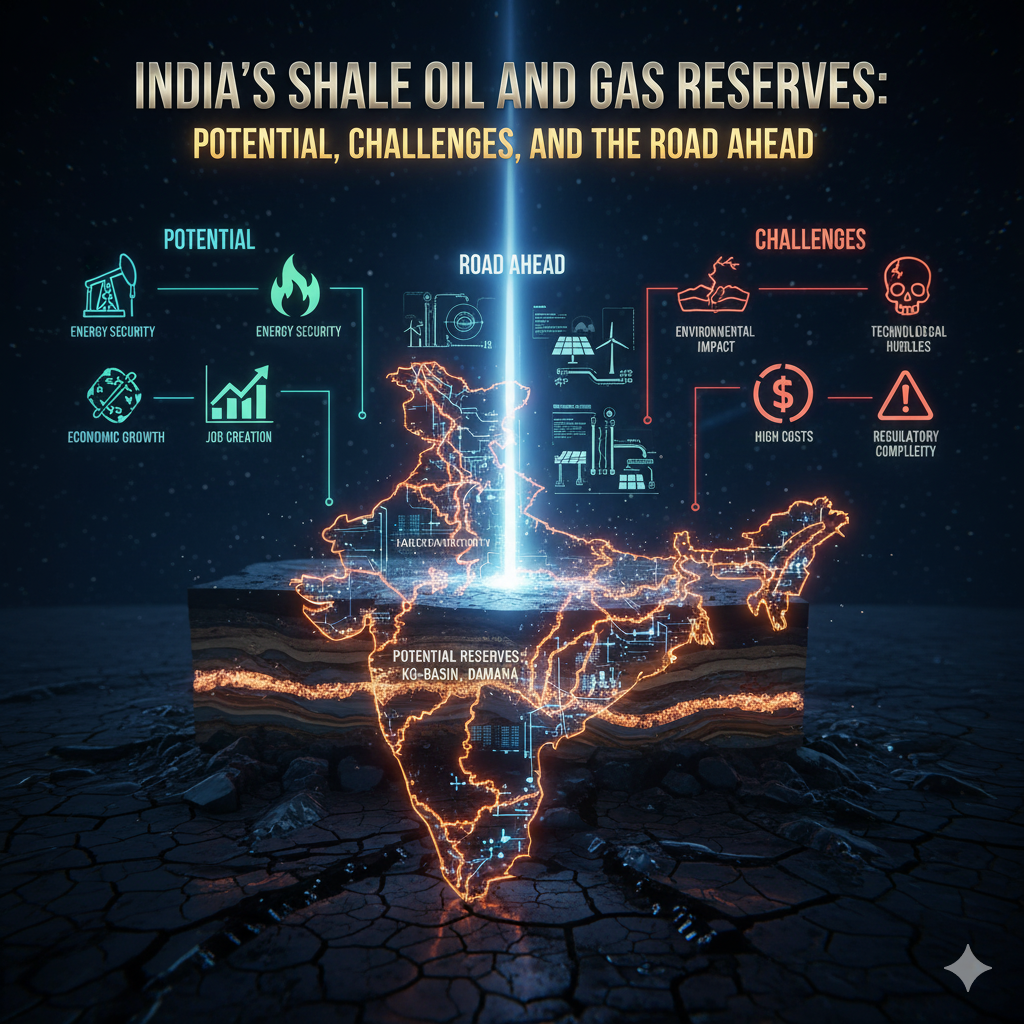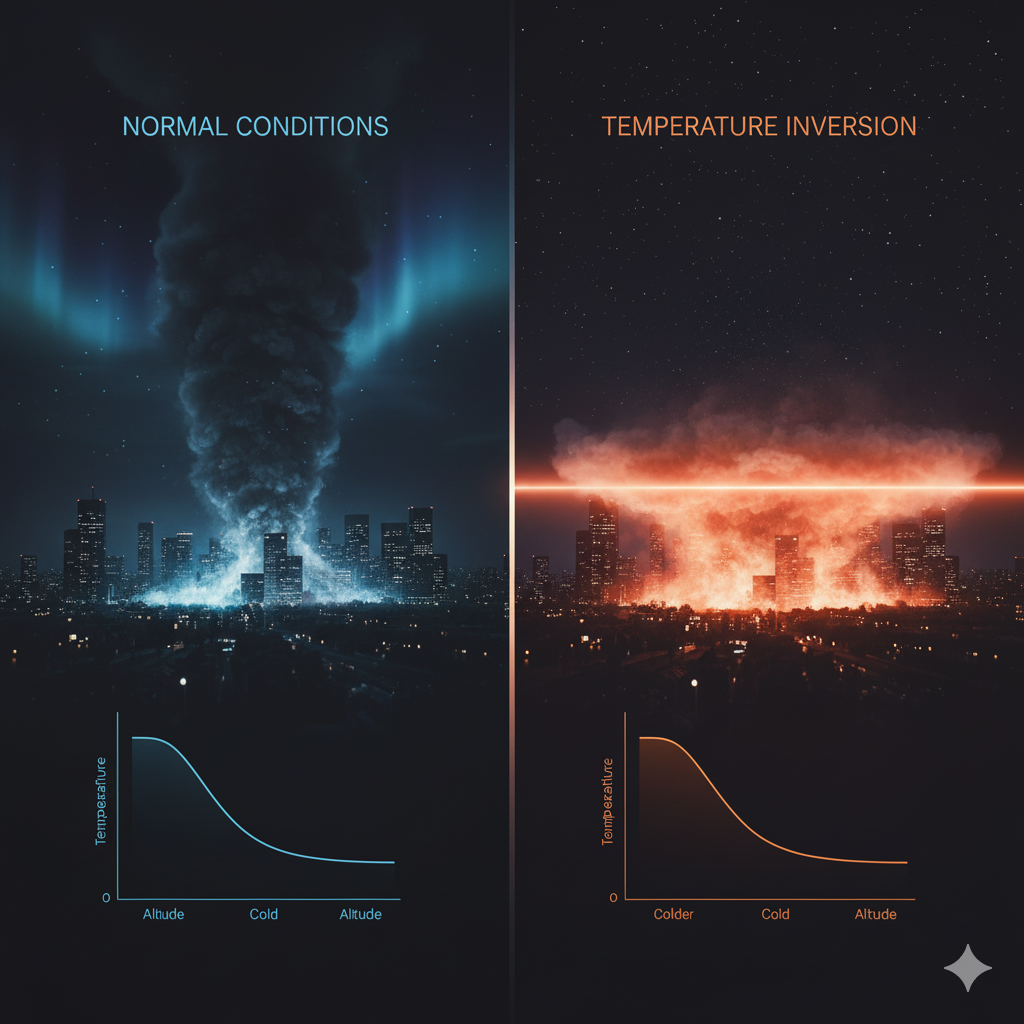Introduction
Earth’s dynamic atmosphere is shaped by various forces and factors that govern the movement of air and water. One of the most fascinating yet often misunderstood phenomena influencing atmospheric circulation and ocean currents is the Coriolis Effect. Named after French mathematician Gaspard-Gustave de Coriolis, this effect is not an actual force but an apparent deflection observed due to Earth’s rotation. It plays a crucial role in shaping global wind patterns, ocean currents, and the formation of cyclonic systems in both hemispheres.
Understanding the Coriolis Effect is essential to grasp how the Earth’s rotation influences weather patterns, jet streams, and large-scale climate systems. This article explores the physics behind the Coriolis Effect, how it influences wind deflection in each hemisphere, and its contribution to the birth and rotation of cyclones.
1. What is the Coriolis Effect?
Definition and Conceptual Basis
The Coriolis Effect is the apparent deflection of moving objects (like wind, water, or airplanes) when viewed from a rotating reference frame, such as Earth. Since the Earth rotates from west to east, anything that moves freely over its surface (like air masses) appears to curve relative to the surface beneath.
Why Does It Occur?
The Earth is a rotating sphere. As a result, different parts of its surface move at different speeds:
- The equator moves the fastest (~1670 km/h),
- The poles move the slowest (virtually 0 km/h at the exact pole).
When air moves from the poles toward the equator or vice versa, it retains its original rotational velocity. However, since the surface beneath moves at a different speed, the moving air seems to curve:
- To the right in the Northern Hemisphere
- To the left in the Southern Hemisphere
This “curving” is not a real force but an observed deviation caused by Earth’s rotation.
2. Coriolis Effect and Global Wind Patterns
The Coriolis Effect has a profound influence on the Earth’s global atmospheric circulation system, particularly on trade winds, westerlies, and polar easterlies.
A. Hadley Cells and Trade Winds
Warm air rises at the equator due to intense solar heating. As it rises, it moves poleward and then sinks around 30° latitude, creating a convection loop called the Hadley Cell. This air, sinking at 30°, moves back toward the equator along the surface.
- Due to the Coriolis Effect, this surface wind is deflected:
- To the right in the Northern Hemisphere, forming northeast trade winds
- To the left in the Southern Hemisphere, forming southeast trade winds
- To the right in the Northern Hemisphere, forming northeast trade winds
These winds converge at the equator in a region known as the Intertropical Convergence Zone (ITCZ).
B. Ferrel and Polar Cells
Similar circulation loops operate between 30°–60° (Ferrel Cells) and 60°–90° (Polar Cells). In these regions:
- Westerlies (30°–60°) blow from the west, deflected by the Coriolis Effect.
- Polar Easterlies (60°–90°) blow from the east, also deflected by Earth’s rotation.
C. Jet Streams
At higher altitudes, particularly near the boundaries of major atmospheric cells, the Coriolis Effect helps create jet streams — fast-moving, narrow air currents that move from west to east.
3. Coriolis Effect and Ocean Currents
Just as the Coriolis Effect deflects air, it also influences large-scale ocean currents:
- Gyres in the oceans are rotating systems of currents driven by prevailing winds and deflected by the Coriolis Effect.
- Clockwise in the Northern Hemisphere
- Counter-clockwise in the Southern Hemisphere
- Clockwise in the Northern Hemisphere
This movement contributes to major current systems like the Gulf Stream, Kuroshio Current, and Benguela Current, all vital to global climate regulation.
4. The Coriolis Effect and Cyclone Formation
A. What Are Cyclones?
Cyclones are intense circular storm systems characterized by low atmospheric pressure at the center and rotating winds. They are called:
- Tropical Cyclones in the Indian Ocean,
- Hurricanes in the Atlantic,
- Typhoons in the Pacific.
The Coriolis Effect is essential for the rotation of these systems.
B. Coriolis Effect and Cyclonic Rotation
When warm, moist air rises from the ocean surface, it creates a low-pressure zone. Air rushes in from surrounding high-pressure areas to fill the void. Without Earth’s rotation, this air would move straight inward. However, due to the Coriolis Effect:
- In the Northern Hemisphere, incoming air curves to the right, leading to counter-clockwise rotation.
- In the Southern Hemisphere, it curves to the left, causing clockwise rotation.
C. Minimum Latitudinal Requirement
Cyclones do not form near the equator because the Coriolis Effect is too weak within about 5° latitude of the equator. That’s why tropical cyclones are usually found between 5° and 30° latitude on both sides of the equator.
5. Real-World Examples of Coriolis Influence
A. Hurricane Katrina (2005)
One of the deadliest hurricanes in U.S. history, Hurricane Katrina formed over the warm waters of the Gulf of Mexico. The Coriolis Effect steered and rotated the storm, enabling it to intensify and spiral toward the southeastern U.S. coast in a counter-clockwise direction (as it was in the Northern Hemisphere).
B. Cyclone Nargis (2008)
Cyclone Nargis hit Myanmar with devastating effects. It formed in the Bay of Bengal and followed a typical clockwise rotation due to its Southern Hemisphere origin.
C. Indian Monsoon
India’s southwest monsoon winds are a seasonal reversal of wind patterns. As moist air from the Indian Ocean moves toward the subcontinent, the Coriolis Effect causes it to curve and strike the west coast, bringing rainfall vital for agriculture.
6. Misconceptions About the Coriolis Effect
A. Water in Toilets and Sinks
A popular myth is that water drains clockwise in the Northern Hemisphere and counter-clockwise in the Southern Hemisphere due to the Coriolis Effect. In reality, this effect is too weak at small scales to influence water in sinks or toilets. The direction of drainage depends on the shape of the basin and water momentum, not Earth’s rotation.
B. Straight-Line Paths
Many believe that missiles, airplanes, or ships travel in straight lines. However, when navigating over long distances, the Coriolis Effect must be factored in. Pilots and navigators use Coriolis corrections to ensure accurate travel.
7. Mathematical Explanation (Simplified)
The Coriolis acceleration aca_cac can be expressed mathematically as: ac=2ωvsin(ϕ)a_c = 2 \omega v \sin(\phi)ac=2ωvsin(ϕ)
Where:
- ω\omegaω = angular velocity of Earth’s rotation (~7.292 × 10⁻⁵ rad/s),
- vvv = velocity of the object (e.g., wind),
- ϕ\phiϕ = latitude
This equation shows that:
- At the equator (ϕ=0°\phi = 0°ϕ=0°), sin(ϕ)=0\sin(\phi) = 0sin(ϕ)=0, so no Coriolis effect.
- At the poles (ϕ=90°\phi = 90°ϕ=90°), the effect is maximum.
8. Importance in Weather Prediction and Climate Models
The Coriolis Effect is a critical component of global and regional climate models. Weather forecasting tools rely on accurate simulations of atmospheric dynamics, where Coriolis-induced deflections must be factored in to predict:
- Storm tracks
- Jet stream positions
- Monsoon behavior
- Cyclone trajectories
Satellites, Doppler radars, and computer models integrate Coriolis data to forecast extreme weather events and climate trends.
Conclusion
The Coriolis Effect is a powerful but invisible architect of Earth’s atmospheric and oceanic systems. Although it stems from Earth’s rotation, its consequences are tangible and far-reaching — from deflecting winds and directing ocean currents to shaping the ferocious spirals of cyclonic storms.
Understanding the Coriolis Effect is not just an academic exercise but a necessity for meteorologists, environmental planners, aviators, and anyone involved in understanding or predicting Earth’s complex climatic behavior. Its role in both wind deflection and cyclone formation underscores the interconnectedness of physics, geography, and human life.
As our planet continues to experience climatic shifts and extreme weather events, recognizing the mechanisms behind these natural phenomena is vital. The Coriolis Effect stands out as a prime example of how a fundamental physical principle can shape the very fabric of our planet’s environmental systems.




